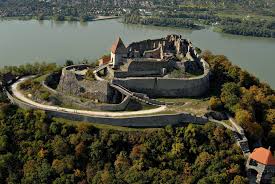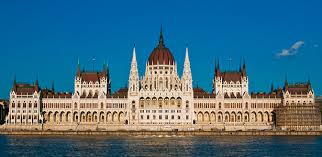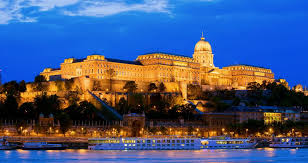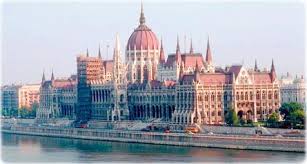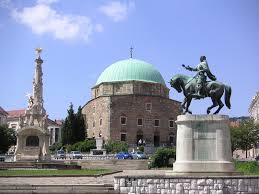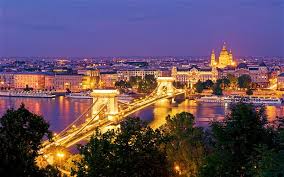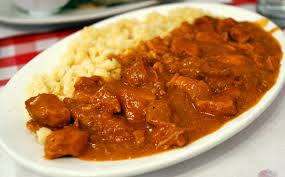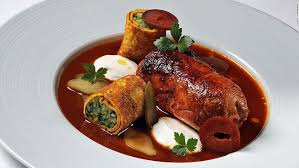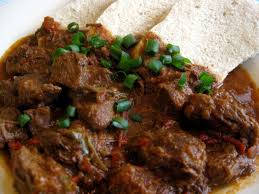Following centuries of successive habitation by Celts, Romans, Huns, Slavs, Gepids, and Avars, the foundation of Hungary was laid in the late 9th century by the Hungarian grand prince Árpád in the Honfoglalás ("homeland-conquest"). His great-grandson Stephen I ascended to the throne in 1000 CE, converting the country to a Christian kingdom. By the 12th century, Hungary became a middle power within the Western world, reaching a golden age by the 15th century.[12] Following the Battle of Mohács in 1526 and about 150 years of partial Ottoman occupation (1541–1699), Hungary came under Habsburg rule, and later formed a significant part of the Austro–Hungarian Empire (1867–1918).
Geography
Hungarys current borders were first established by the Treaty of Trianon (1920) after World War I, when the country lost 71% of its territory, 58% of its population, and 32% of ethnic Hungarians. Following the interwar period, Hungary joined the Axis Powers in World War II, suffering significant damage and casualties. Hungary came under the influence of the Soviet Union, which contributed to the establishment of a four-decade-long communist dictatorship (1947–1989). The country gained widespread international attention regarding the Revolution of 1956 and the seminal opening of its previously-restricted border with Austria in 1989, which accelerated the collapse of the Eastern Bloc.
On 23 October 1989, Hungary again became a democratic parliamentary republic, and is today an upper-middle-income country with a very high Human Development Index. Hungary is a popular tourist destination attracting 10.675 million tourists a year (2013). It is home to the largest thermal water cave system[16] and the second-largest thermal lake in the world (Lake Hévíz), the largest lake in Central Europe (Lake Balaton), and the largest natural grasslands in Europe (the Hortobágy National Park).
Population
Transport
Railway: In Budapest, the three main railway stations are the Eastern (Keleti), Western (Nyugati) and Southern (Déli), with other outlying stations like Kelenföld. Of the three, the Southern is the most modern but the Eastern and the Western are more decorative and architecturally interesting.
Other important railway stations countrywide include Szolnok (the most important railway intersection outside Budapest), Tiszai Railway Station in Miskolc and the stations of Pécs, Győr, Debrecen, Szeged and Székesfehérvár.The only city with an underground railway system is Budapest with its Metro.
Highway: Total: 159,568 km
1. Paved: 70,050 km (including 1515 km of motorways, as of 2011)
2. Unpaved: 89,518 km (2005 est.).
Airport: There are 43-45 airports in Hungary, including smaller, unpaved airports, too. The five international airports are Budapest-Liszt Ferenc, Debrecen Airport, Sármellék Airport (also called FlyBalaton for its proximity to Lake Balaton, Hungarys number one tourist attraction), Győr-Pér and Pécs-Pogány. Malév Hungarian Airlines ceased operations in 2012.
Greetings
|
English |
magyar (Hungarian) |
|
Üdvözlet; Isten hozott (inf); Isten hozta (frm) |
|
|
Jó napot kívánok / Szervusz / Szia |
|
|
Hogy vagy? (inf) Hogy van? (frm) |
|
|
Reply to How are you? |
|
|
Rég nem találkoztunk! Rég nem láttalak! (see) |
|
|
Örvendek / Örülök, hogy megismertelek |
|
|
Szia / Viszlát (inf) Viszontlátásra (frm) |
|
|
Lets talk again another time |
|
|
Kedves egészségére! |
|
|
Tudna lassabban beszélni? (frm) |
|
|
Do you speak Hungarian? |
Beszél magyarul? (frm) |
|
Beszél angolul? (frm) |
|
|
How do you say ... in Hungarian? |
|
|
Speak to me in Hungarian |
Beszéljen magyarul velem (frm) |
|
Thank you |
|
|
What time is it? |
|
|
Where is ...? |
|
|
Szeretne táncolni velem? (frm) |
|
|
I like you |
|
|
Jobbulást |
|
|
Segítség! |
|
|
Kellemes Karácsonyt és Boldog Új Évet |
|
|
Kellemes Húsvéti Ünnepeket! (Pleasant Easter Holidays!) |
|
Sights
Cuisine
Posters
Map
Itineraries
| Sr. No. | Itinerary Name | File |

